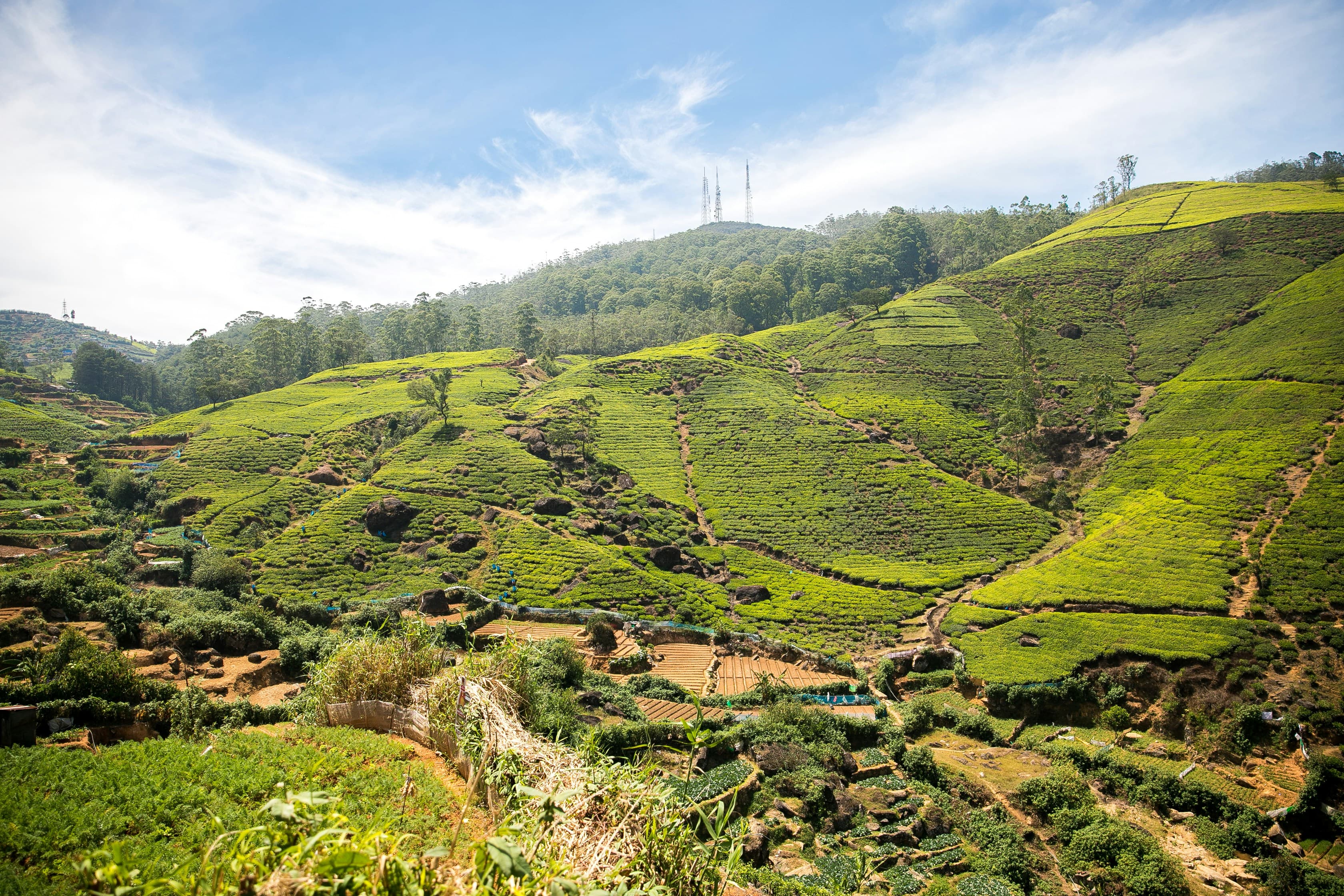Explore Sri Lanka
Known as the "Pearl of the Indian Ocean," Sri Lanka is a tiny island republic southeast of India. In spite of its small size, Sri Lanka is a unique and alluring travel destination because of its rich cultural heritage, diversified and lively history, breathtaking scenery, and plenty of natural attractions. This overview will explore Sri Lanka's natural beauty, history, and culture, emphasising what makes this island unique. With a history spanning more than 3,000 years, Sri Lanka is a country rich in complexity. Due to its advantageous location along historic trade routes, the island has played a major role in East-West historical and cultural contacts.
It is believed that Prince Vijaya, who arrived from India in the sixth century BCE and founded the first Sinhalese kingdom, is the origin of Sri Lanka's documented history. Several strong kingdoms rose and fell on the island, including Polonnaruwa and Anuradhapura, which thrived from the third to the thirteenth centuries BCE. These kingdoms were well-known for their contributions to Buddhism, architecture, and irrigation. The island has a rich history, as evidenced by the remnants of ancient settlements that include reservoirs, palaces, and stupas. February 4, 1948, saw the end of British authority in Sri Lanka. National unity and economic growth were promoted throughout the post-independence era, but it was also characterised by ethnic tensions that led to a bloody civil war between the Liberation Tigers of Tamil Eelam (LTTE) and the Sri Lankan government. From 1983 to 2009, there was a conflict that had a significant effect on the country. Sri Lanka has been pursuing reconciliation and rebuilding since the conclusion of the conflict in an effort to create a peaceful and prosperous future.
The son of Indian Emperor Ashoka, Mahinda, brought Buddhism to Sri Lanka in the third century BCE, and it has had a significant impact on the country's culture. Numerous of the island's historic Buddhist monasteries, stupas, and temples are UNESCO World Heritage Sites. One of the most revered locations in Sri Lanka is the Temple of the Tooth in Kandy, which is home to a relic said to be a Buddha tooth and the centre of religious festivities every year. The lively festivities that abound in Sri Lanka are a reflection of its varied past. One of the most important cultural occasions is the April Sinhala and Tamil New Year, which is observed with traditional games, ceremonies, and feasting. Another highlight is the Esala Perahera in Kandy, a large parade that includes drummers, dancers, and exquisitely decorated elephants that attracts tourists from all over the world.
The arts and crafts of Sri Lanka have a strong historical foundation. The island's artists continue to conserve and advance traditional crafts, producing everything from colourful batik fabrics and delicate lace-making to sophisticated metalwork and elaborate wood carvings. Traditional dance styles, such as Low Country and Kandyan dance, are shown during festivals and cultural events, highlighting the rich performing arts legacy of the island. There are several beautiful beaches along Sri Lanka's coastline that provide activities for all kinds of visitors. notable of the world's greatest beaches are found on the southern and eastern shores; notable examples include Mirissa, Unawatuna, and Arugam Bay. Whale watching, surfing, snorkelling, and sunbathing are all excellent activities on these beaches. For those looking for adventure and leisure, the golden dunes and turquoise seas provide a tranquil haven.
Sri Lanka is home to an astounding variety of plants and animals, making it a hotspot for biodiversity. Experience the chance to view elephants, leopards, and a wide variety of bird species in their native environments at the island's national parks, including Yala, Wilpattu, and Udawalawe. A UNESCO World Heritage Site, the Sinharaja Forest Reserve is a naturalist's and researcher's dream come true with its abundance of rare species. With their temperate temperature and undulating hills, Sri Lanka's central highlands are well known for their tea plantations. Nestled in the centre of the tea-growing area lies the town of Nuwara Eliya, commonly called "Little England" because of its architecture from the colonial era and its mild temperature. In addition to tasting some of the best Ceylon tea in the world, visitors may see tea factories and learn about the process of producing tea. The area's scenic appeal is further enhanced by the presence of lovely waterfalls including Devon Falls and the breathtaking Ramboda.
Sri Lanka is a country of contrasts and harmony, where rich cultural diversity is complemented by the natural world and traditional customs coexist with modernity. Every traveller may have an amazing time in Sri Lanka, whether they want to explore the ancient ruins of Anuradhapura, meander through the busy streets of Colombo, or unwind on the beaches of Mirissa. The island captivates the heart and soul with its friendly welcome, varied attractions, and vivid history.
Discover Sri Lanka












.jpg&w=3840&q=75)














